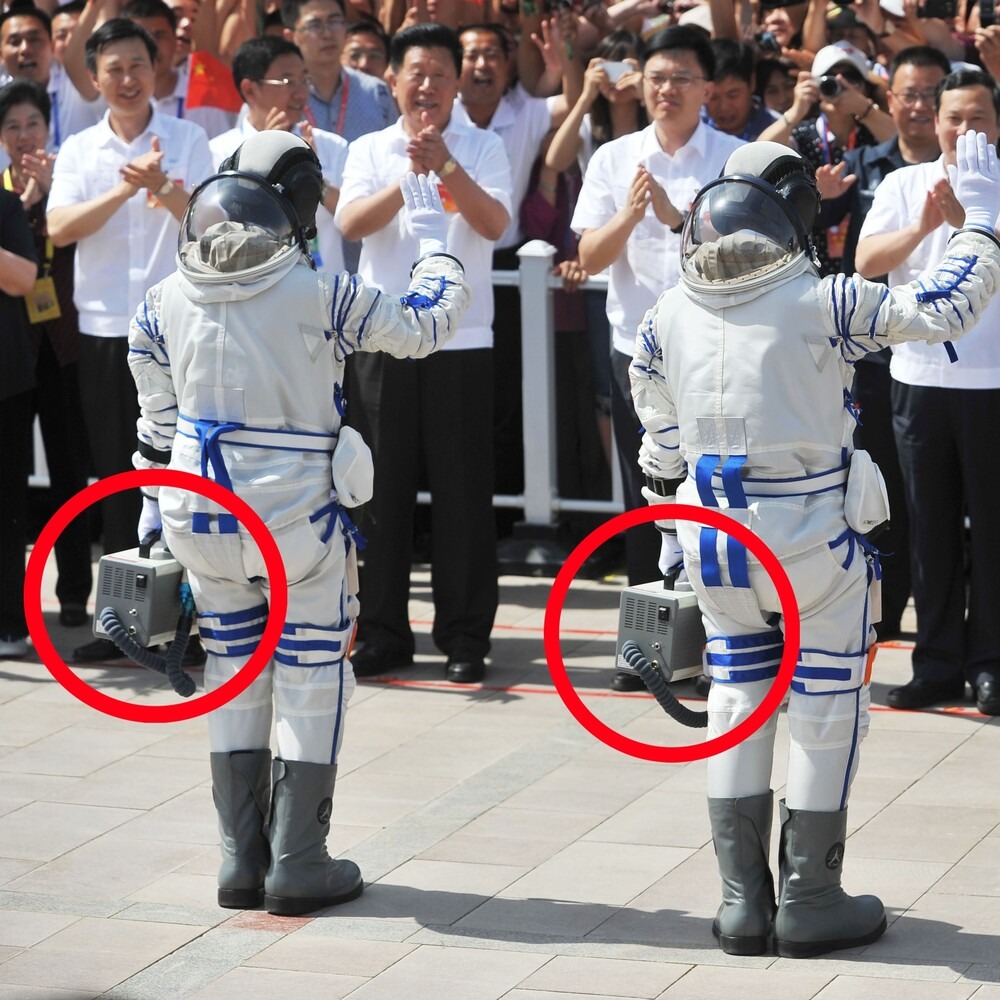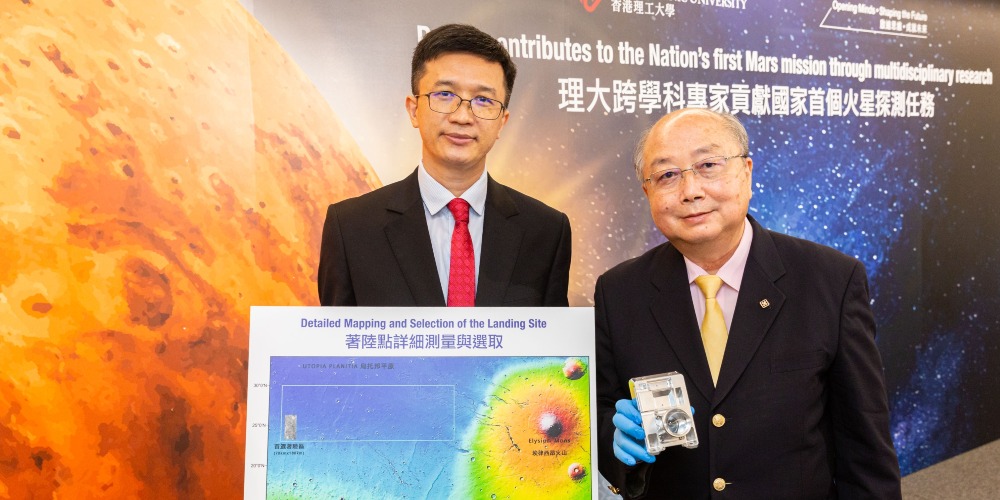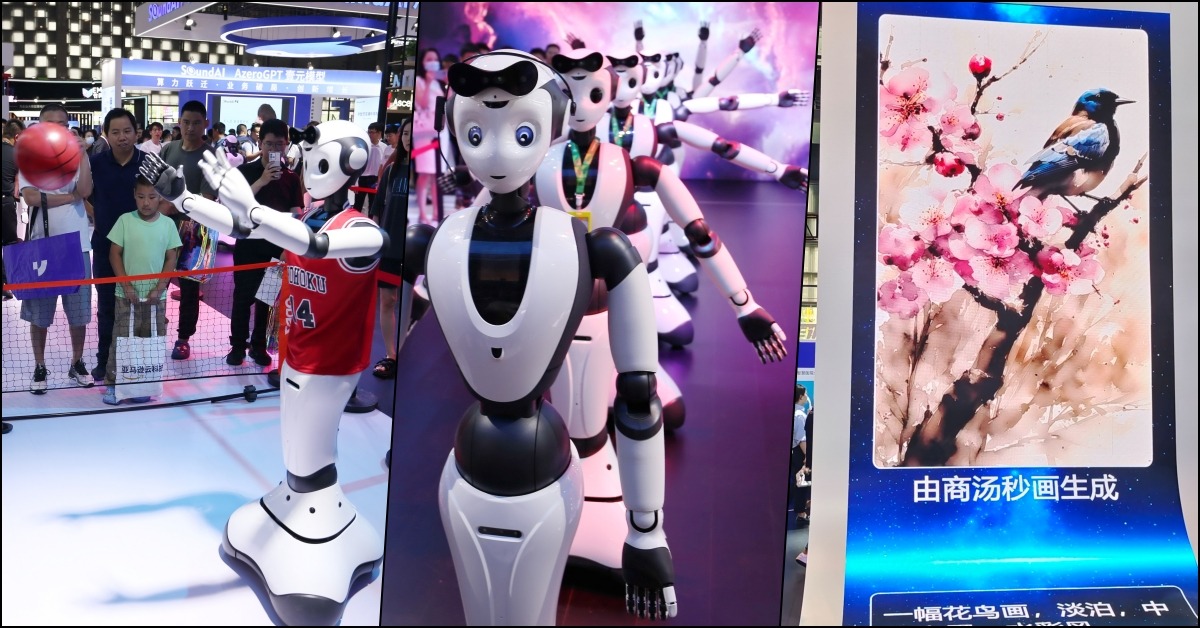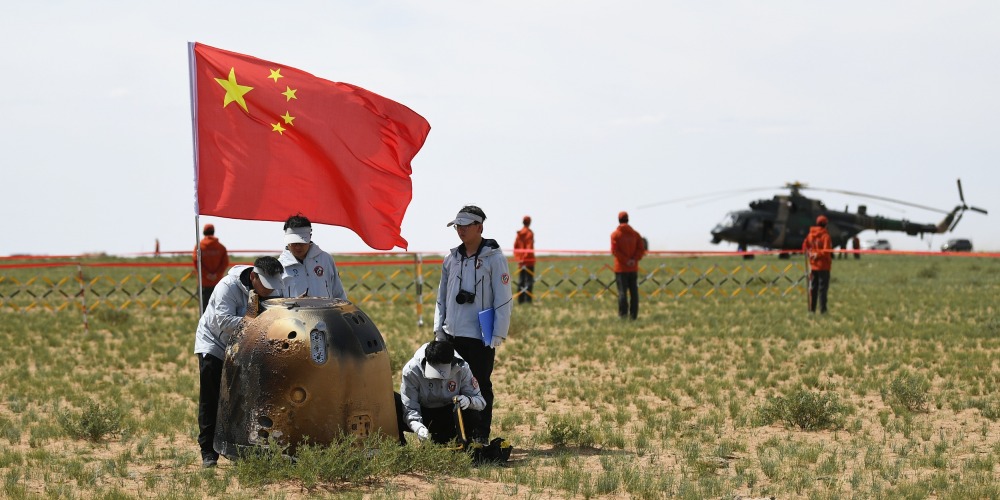Published on : 11/06/2022
When watching the news of the Shenzhou 14 manned spacecraft, did you notice that the Chinese astronauts entered the launch tower with something that looked like a "suitcase"? Is this their "carry-on luggage" for space, and what "treasure" is inside it?
Portable ventilation device helps cool down
In fact, not only the astronauts of the Shenzhou 14 mission, but Chinese astronauts in the past also carried this "suitcase" before setting off. However, this is of course not Chinese astronauts' "carry-on luggage", because it's called a portable ventilation device, which is an accessory to the in-cabin space suit.
According to the Chinese astronauts scheduled for the celestial mission, first they attend the launching ceremony, then be driven to the rocket launch tower, and enter the spacecraft cabin through the launch tower, wearing a full suit of in-cabin spacesuits during this process.

Intravehicular spacesuit include helmets, pressure suits, gloves, boots, etc., which are used by astronauts during spacecraft launch or return to earth. If the spacecraft cabin leaks gas or loses pressure during this period, the intravehicular spacesuit can rapidly inflate, maintaining an equal pressure for astronauts. This is crucial for protecting the life safety of astronauts.
Due to the need for pressurization, the intravehicular spacesuit must be airtight, which means it‘s not breathable, so astronauts might feel hot after wearing it, and then the portable ventilation device can help to cool down the temperature.
Portable ventilation device doesn't go to space
In practical operation, there is a 25mm internal diameter flexible tube on the astronaut's intravehicular spacesuit, which can be connected to the portable ventilation device. After the latter is started, it works just like a fan, blowing cool air into the spacesuit.
However, the portable ventilation device will not go to space. Before astronauts enter the spacecraft through the launch tower, they will hand it over to the launch tower staff for handling. After they enter the spacecraft, the ventilation flexible tube will be connected to the fan of the spacecraft's "environmental control and life support system," with the fan helping ventilation.

So, do Chinese astronauts have to use the portable ventilation device all the way from the moment they put on their in-cabin spacesuits until they enter the spacecraft? Not necessarily.
Do you remember the Shenzhou 13 launched in October 2021? From what we saw on the live television broadcast at the time, Zhai Zhigang, Wang Yaping, and Ye Guangfu, who were carrying out the mission, neither carried the "carry-on luggage" at the launching ceremony nor when they got off the vehicle and entered the launch tower.
Read more: Successful Launch! Shenzhou 14 to Break Multiple "Firsts"
Differences in portable ventilation device design between China & U.S.
It was not until they reached the 9th floor platform of the launch tower that the portable ventilation device briefly appeared in the shot, but it was carried by the accompanying staff rather than connected to the astronauts' in-cabin spacesuits.
Space enthusiasts analyzed at the time that this was because the Shenzhou 13 was launched in autumn, and it was in the wee hours when the temperature was lower, so ventilation was not necessary.
As for the upcoming Shenzhou 14, the launch time is closer to summer, and although astronauts Chen Dong, Liu Yang, and Cai Zhexu used the portable ventilation device before launching, they did not use it all the way. For instance, at the launching ceremony, they "had nothing in hand". A similar situation was also observed with the astronauts of "Shenzhou 7".

Lastly, Chinese astronauts' portable ventilation device has sparked some debate among space enthusiasts. Some people think that American astronauts have long abandoned this device and question whether China is "inferior in technology" in this regard.
However, some space enthusiasts pointed out that American astronauts also have ventilation devices, which are built into the spacesuit, and the only difference between this and China's external device is the design concept, which has nothing to do with the advancement of technology.
Read more: Stationed in the Space Station for Half a Year, Did Chinese Astronauts Grow Taller?















